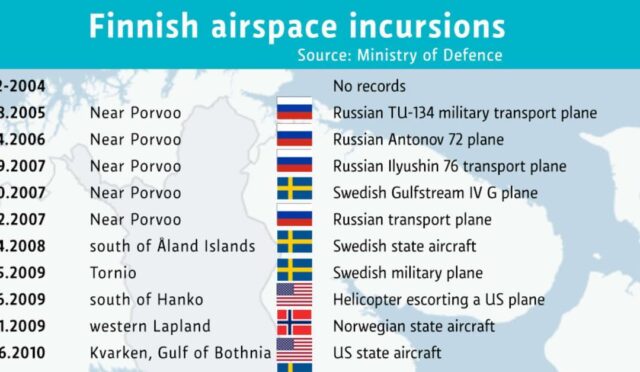Israeli Strikes Target Tartus: Recent Events
On Monday, Syrian state media reported that Israeli airstrikes struck the Tartus region, coinciding with an earlier explosion heard near the city’s port. This attack follows an announcement from the Israeli army which confirmed it was targeting a “military site” located further north. Israel has launched numerous air assaults since a rapid Islamist-led offensive led to the ousting of President Bashar al-Assad in December. The Israeli government maintains that these operations are necessary to prevent Syrian military resources from being acquired by hostile forces.
The official Syrian news agency, SANA, reported that the Israeli strikes occurred in the vicinity of Tartus city, with no casualties reported thus far. Emergency response teams were deployed to investigate and confirm the exact locations of the strikes. In a related report, the Syrian Observatory for Human Rights indicated that the explosion caused by the strikes produced significant smoke rising from the port, suggesting considerable damage to a military base situated nearby.
Details of the Israeli Assault
In a statement, the Israeli army clarified that their forces had targeted a military installation in Qardaha, an area historically significant as the hometown of the ousted president Assad. The military noted that the decision to strike was prompted by the latest developments in the region. Qardaha is located about 60 kilometers (40 miles) north of Tartus, emphasizing the strategic nature of the Israeli operations.
Last week, Israeli Prime Minister Benjamin Netanyahu reiterated his government’s stance on southern Syria, asserting that the region must be completely demilitarized. He cautioned that the presence of Islamist groups close to Israeli borders is unacceptable. This sentiment echoes the historical context of Israeli operations, with hundreds of strikes executed since the onset of the Syrian civil war in 2011, primarily targeting Iranian-backed entities and Syrian government forces.
Historical Context and Regional Tensions
Israeli military actions have long been a contentious issue in the region. On the very day that Assad was ousted, Israeli forces entered a UN-patrolled buffer zone designed to separate Israeli and Syrian military units on the strategically important Golan Heights. The Golan Heights, captured by Israel during the 1967 war, has been a focal point of tension, with Israel’s annexation of the area largely unrecognized internationally.
In the face of continued Israeli military action, participants in Syria’s recent national dialogue conference condemned Netanyahu’s remarks as provocative. They urged the international community to pressure Israel to halt its alleged aggression and violations of Syrian sovereignty. As tensions rise, Israel has warned of potential consequences should the new Syrian leadership pose a threat to the Druze minority within its borders.







